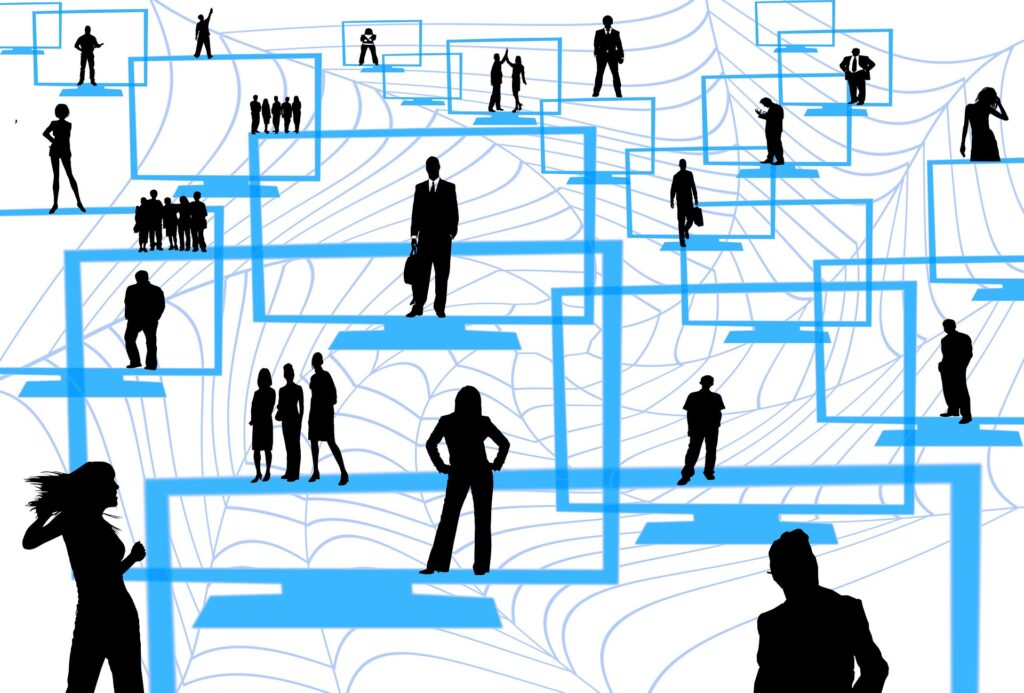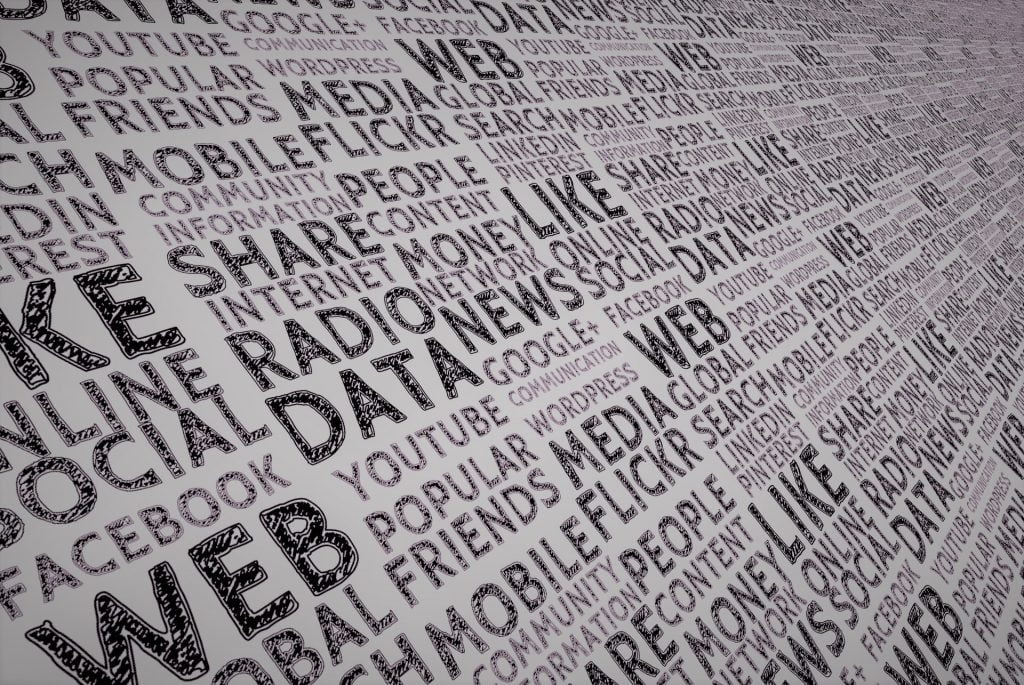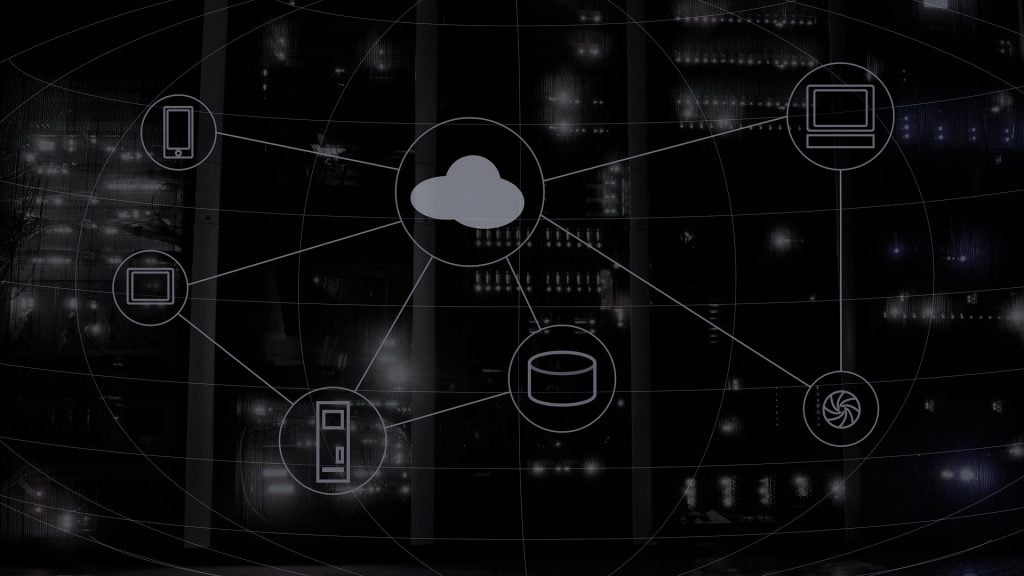This chapter describes mainly the interaction between organization and information systems. This includes important features of organizations that managers require to use information systems successfully.
Key highlights
- The relationship between organizations and information technology
- Technical, behavioral, and microeconomic definitions of an organization
- Features of organization
- Impact of information systems on the organization.
Information systems and organizations impact each other. This interaction is complex for both and it is influenced by many mediating factors such as business processes, organizational culture, environment, organizational structure, management decisions, and organizational Politics. Therefore it is necessary to understand how information systems can impact the firm by changing social and work life.
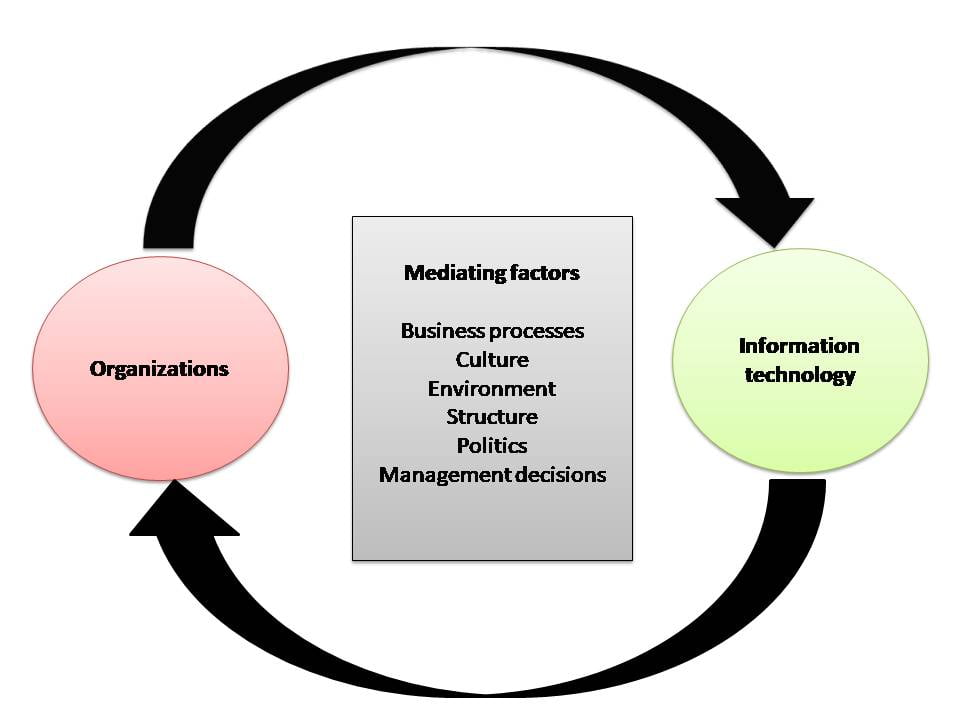
What is an organization?
In technical definition, an organization is referred to as a stable, formal structure which is taking resources from the environment and transforms them to produce goods and services (outputs)
According to the microeconomic definition of organizations, capital and labor resources are transformed by the organization through a production process into goods and services.
In the behavioral definition of organizations, it is consists of rights, responsibilities, privileges, and obligations that are smoothly balanced over a particular time period through conflict as well as conflict resolution.
Features of organizations
An organization is always following the principle of efficiency. This means, maximizing output using minimum resources. So there are many features that can be seen in an organization. It includes business processes, organizational culture, environment, organizational politics, organizational structure, goals, constituencies, and leadership styles. All of these features influence information systems.
Business processes
Simply, the business processes are the tasks and behaviors used by an organization in order to achieve desired goals and objectives. Business processes are the flows of information, materials, and knowledge in the organization. So an organization can be identified as a collection of the business process. Mainly there are some common business processes which include accounting & finance processes, manufacturing processes, marketing processes, and human resources.
When an organization operating its business processes, the organization needs to engage with various information. Stakeholders of the business provide much information to each business process; in this case, information systems help to manage the business process well to ensure organizational performance.
Organizational politics
Basically, organizational politics refers to behaviors or attitudes that influence positively or negatively on others. Organizational politics help to develop interpersonal relationships in the organization and increase organizational performance. The people who work in the organization operate their jobs under different job positions with different specialties. So all of them have different points of view about how resources and other things should be distributed. These differences are so important to managers as well as employees in the organization. Because of these differences, the organization may have to face struggles for competition, Resources, and conflict. The political resistance can be identified as the great difficulty among the rest of the difficulties- especially when the organization invests in information systems, it will make a big change in business objectives, business processes, and strategies. In this case, the people who know how to work with organizational politics will become successful in the organization rather than less-skilled people.
Organizational culture
Organizational culture includes beliefs, assumptions, an organization’s expectations, and values that interact with the social and psychological environment of the entity. Organizational culture or corporate culture covers a set of assumptions about what to produce, how to produce, where should produce, and for whom to produce. So this is a powerful element for the organization. By reason of this culture, the organization highly consider technological change and the impacts on the organization’s culture.
Organizational environment
To operate business processes smoothly, the organizational environment is a necessity for the organization. Every organization is depending on and opens to its physical and social environment. So, both organization and environment have a reciprocal relationship.
Basically, the environment changes faster than organizations. These changes make strengths, weaknesses, opportunities, and threats to the organization. Therefore every organization does an environmental analysis before operating their business processes.
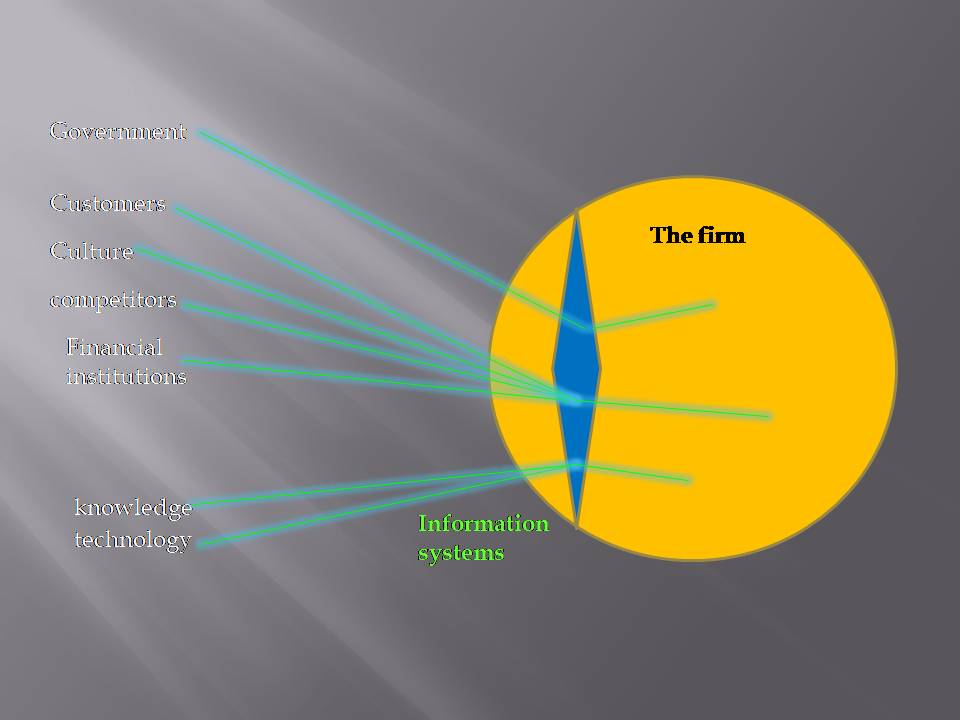
In this case, information systems play a vital role as an instrument for the organization. Information systems provide information about their customers, suppliers, and other related information to help managers in the decision-making process. Also, information systems help managers to identify environmental changes that the organization needs to respond to.
Organizational structure
Every organization in the world, have an organizational structure or shape. According to Mintzberg’s classification, there are five basic kinds of organizational structures which include entrepreneurial structure, machine bureaucracy, divisional sized bureaucracy, professional bureaucracy, and adhocracy. The structure of an organization is so important for information systems. A well-designed structure is very useful for the flow of information among the organization and it is very easy to make improved decisions for each management level.
Impact of information systems to the organization
When considering about impacts of information systems, information technology influence on relative costs of capital as well as the cost of information. Information systems can be identified as a factor of production cost. It can be used as a substitute factor instead of traditional capital and labor. By reason of information systems, the cost of information technology will decrease and it also influences other forms of capital (machinery or buildings). It’s not only about the cost of IT, but also affects the quality of information as well as the economics of information.
In addition to that, information technology can reduce the cost of internal management too. When an organization starts growing in size and scope, eventually the agency costs or coordination costs will increase. The reason for increasing these costs is more effort in managing and supervising the workforce in the organization. So information technology enables organizations to increase revenue by reducing agency costs.



